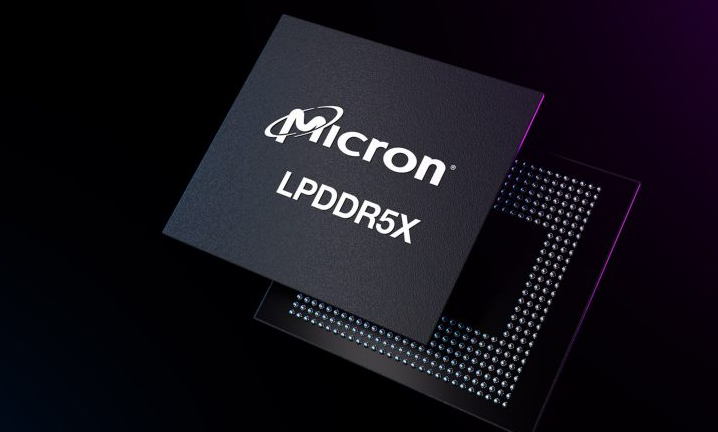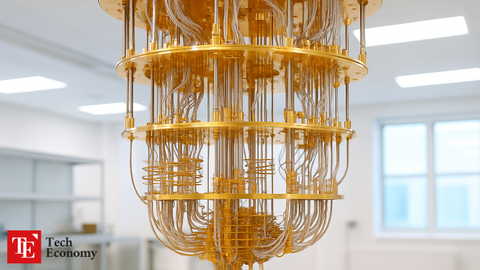Samsung Cuts Micron Dependence, Expands In-House DRAM Share in S25 to 60%
Input
Modified
10nm-Class 1b Process-Based ‘Samsung LPDDR5X’ Adjusting LPDDR5X Supply Allocation for Galaxy S25 Series Micron Share Reduced Following Yield and Performance Gains

Samsung Electronics’ Mobile eXperience (MX) division has revised its procurement strategy for the Galaxy S25 series, deciding to source over 60% of its mobile DRAM requirements from the company’s own Device Solutions (DS) division. The move follows improvements in the yield and performance of DS’s low-power DRAM (LPDDR5X), prompting an internal agreement to raise the share from the previous 40% level.
Samsung 60%, Micron 40% — Supply Ratio Finalized
According to the IT industry on the 14th, Samsung’s MX division initially considered allocating as much as 60% of the S25 series’ DRAM supply to U.S.-based Micron Technology. In the end, however, it opted to maintain a 6:4 ratio in favor of Samsung DS. For the first three months following the S25 series’ February launch, including initial shipments, most units were equipped with Micron’s LPDDR5X. This was because the LPDDR5X manufactured by Samsung’s DS division, based on a 10nm-class fifth-generation (1b) process, struggled to meet the MX division’s sample bid deadline due to subpar yield rates and insufficient thermal control.
An industry source familiar with the matter said, “Samsung DS’s DRAM received approval from the MX division in the second quarter for meeting certain baseline criteria, leading to its full-scale adoption. The yield and performance saw partial improvements, and with Micron having dominated the early supply, there was also a desire to restore pride. The internal agreement to surpass the 50% mark was likely intended to send an external signal of DS’s renewed presence.”
The 6:4 ratio reflects the combined total across all S25 models — standard, Plus, and Ultra. Samsung’s annual shipment target for the S25 series is reportedly set at around 37 million units. Once this target is fixed, production proceeds regardless of actual sales or demand forecasts. While supplier shares may vary by model and production timing, the overall allocation is managed to match the agreed ratio. Based on this year’s shipment goal, approximately 22.2 million units will feature Samsung DS DRAM, while Micron will supply components for about 14.8 million units.

Micron Secures Sole Vendor Role in S25 Series
Seven years ago, the Galaxy series’ LPDDR supply chain centered on three memory producers — Samsung DS, SK hynix, and Micron. At the time, Samsung DS’s LPDDR performance was so dominant that SK hynix and Micron supplied only small volumes, with Micron relegated to a “backup” supplier role. The supply structure was effectively led by DS, whose yield rates, power efficiency, and other key metrics met the MX division’s performance thresholds, making DS the natural first choice.
This dominance allowed the MX division to offer relatively low pricing to outside vendors — a key reason SK hynix withdrew from the Galaxy supply chain seven years ago. Price negotiations with suppliers are typically conducted on a quarterly basis, and during the competitive bidding process, the MX division’s aggressively low price proposal proved decisive.
Micron unexpectedly rose to the position of secondary supplier thereafter, continuing LPDDR deliveries, albeit in negligible volumes. Micron had entered the Galaxy supply chain ahead of SK hynix in 2012 with the Galaxy S3 series, but this was essentially an “insurance policy” against potential production disruptions at other vendors. Even the capacity vacated by SK hynix’s departure was largely absorbed by DS. A Samsung official recalled, “At the time, the sentiment internally was, ‘Why bother using products from an American company like Micron?’”
That paradigm shifted dramatically earlier this year. The yield rate of DS’s LPDDR5X, produced on the 1b process, fell short of the industry benchmark of 80%, making stable mass production difficult. Quality and thermal performance also reportedly failed to meet expectations. As a result, for the first time in over a decade, Micron secured the top supplier slot in the Galaxy supply chain. However, the recent allocation revision has trimmed Micron’s initial share.
China’s Low-Power DRAM Closing the Gap
For Micron, a 40% allocation is still considered favorable, especially given the erosion of its DRAM market share in China amid rapid gains by Chinese competitors. Industry sources report that ChangXin Memory Technologies (CXMT) has already completed LPDDR5X development and begun work on next-generation LPDDR6.
LPDDR has drawn increased attention due to surging power consumption associated with artificial intelligence (AI) workloads. Future industries such as robotics and autonomous vehicles are also expected to rely on LPDDR memory. Alongside high-bandwidth memory (HBM) — a key AI chip component — CXMT is now pressing closely behind Samsung and Micron in LPDDR technology.
CXMT commercialized LPDDR5 at the end of 2023 and achieved LPDDR5X mass production earlier this year. Some analysts project that, at its current pace, CXMT could begin LPDDR6 mass production as early as 2026. Given that Samsung plans to release LPDDR6 in the second half of this year, the technology gap could be less than a year.
Samsung is reportedly focusing on developing LPDDR6 using the “1c DRAM” process — a key to widening the technology gap with China. DRAM processes typically progress in the sequence: 1x (first generation), 1y (second), 1z (third), 1a (fourth), 1b (fifth), and 1c (sixth). With each generation, the linewidth shrinks, enhancing performance and power efficiency. An industry insider noted, “Since the previous generation utilized the 1b process, LPDDR6 will likely be developed on the 1c process.”





















